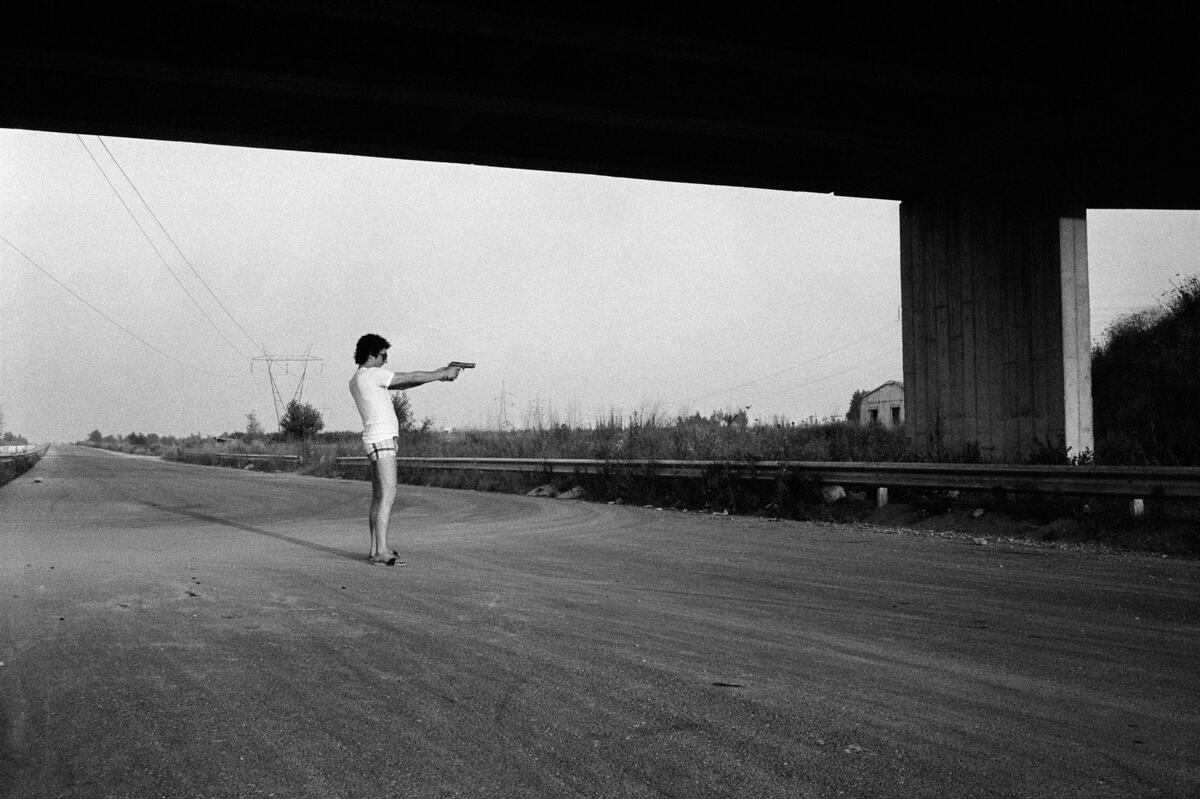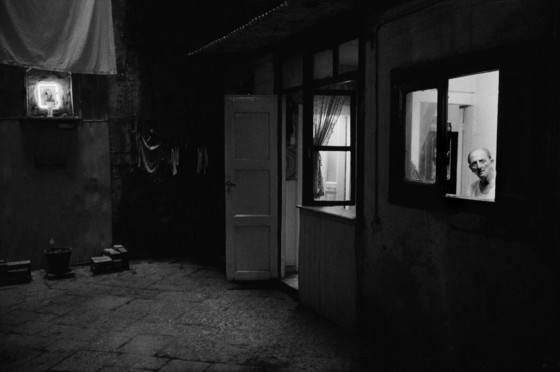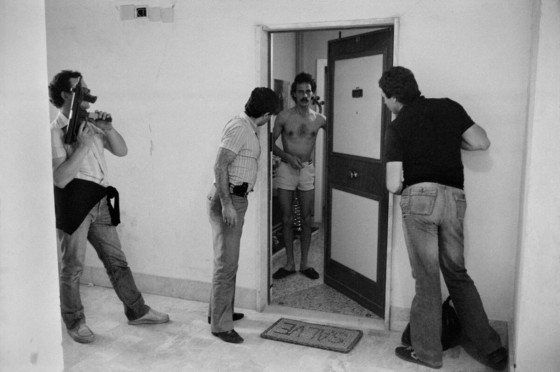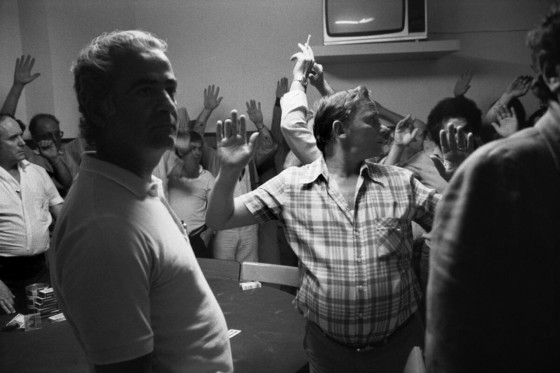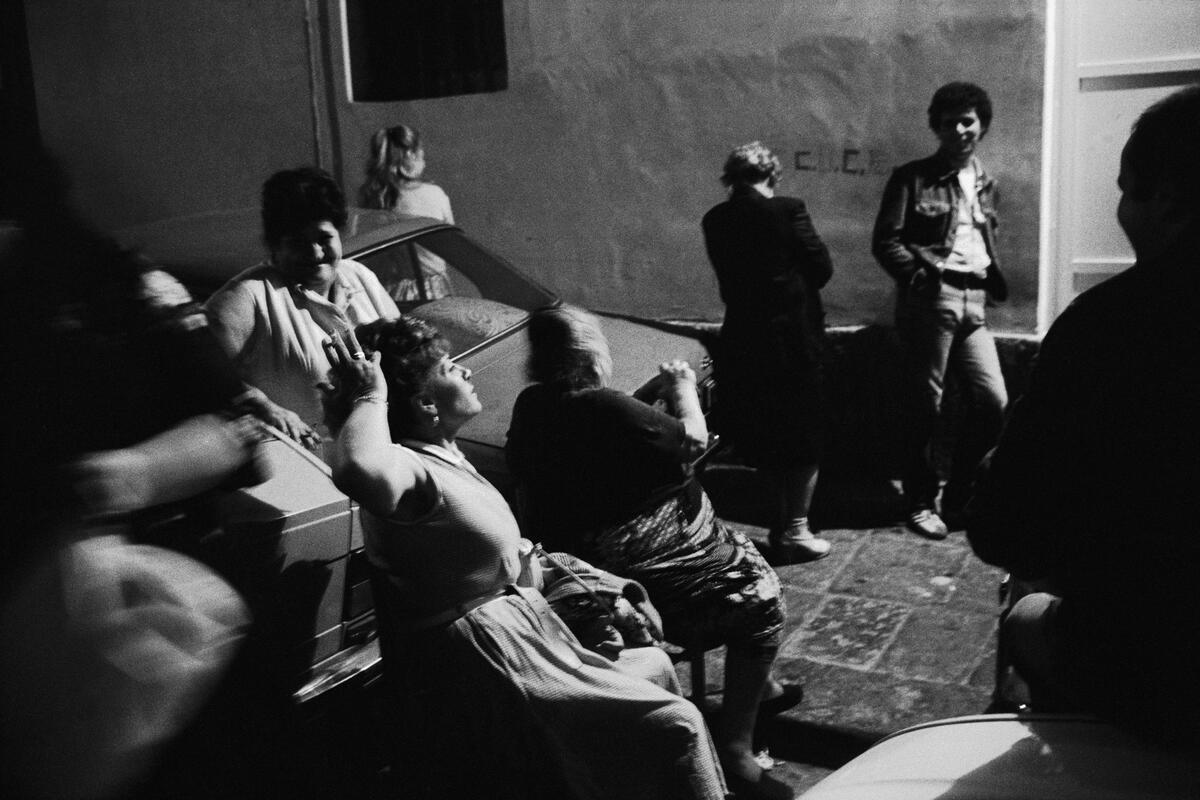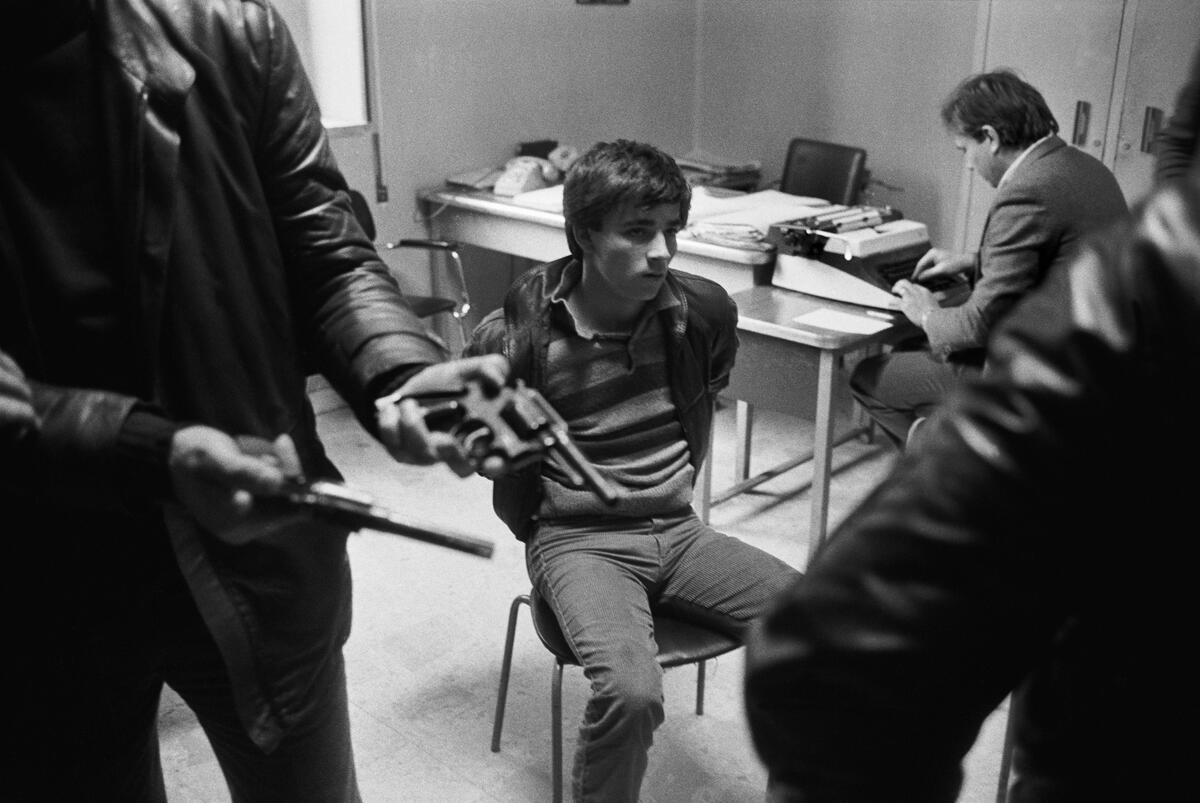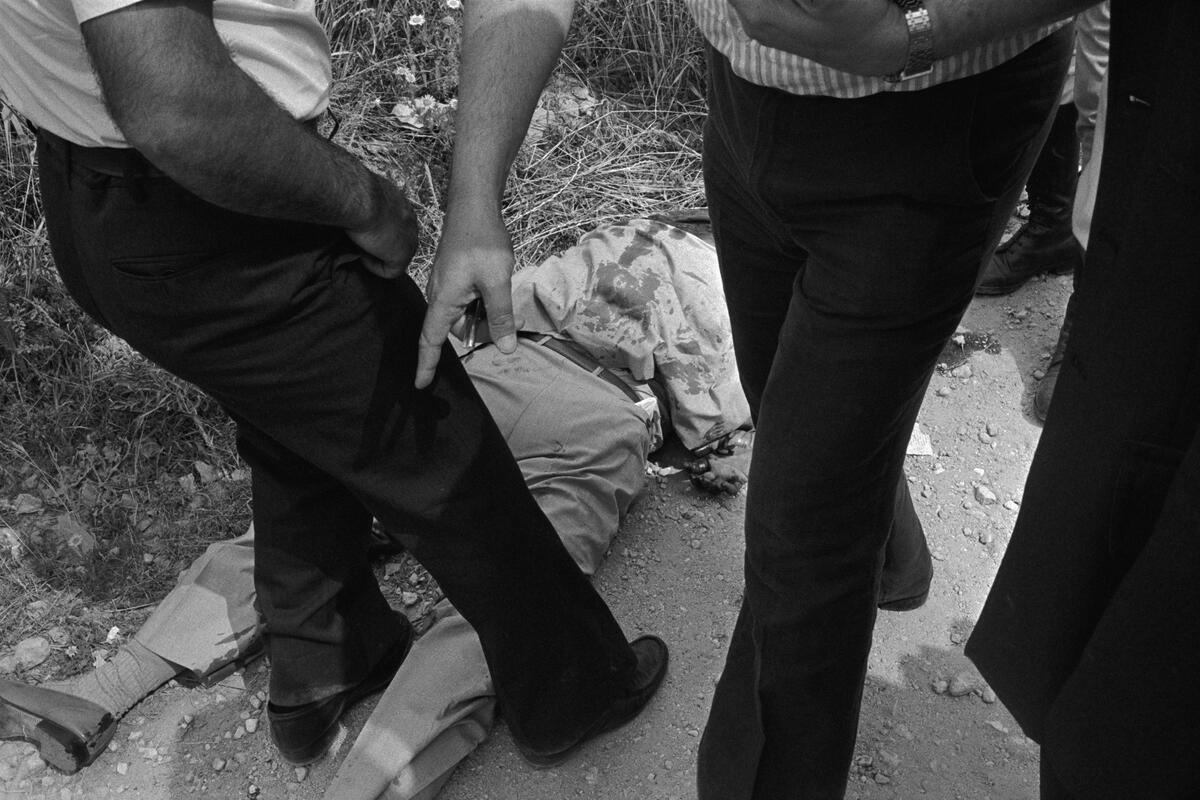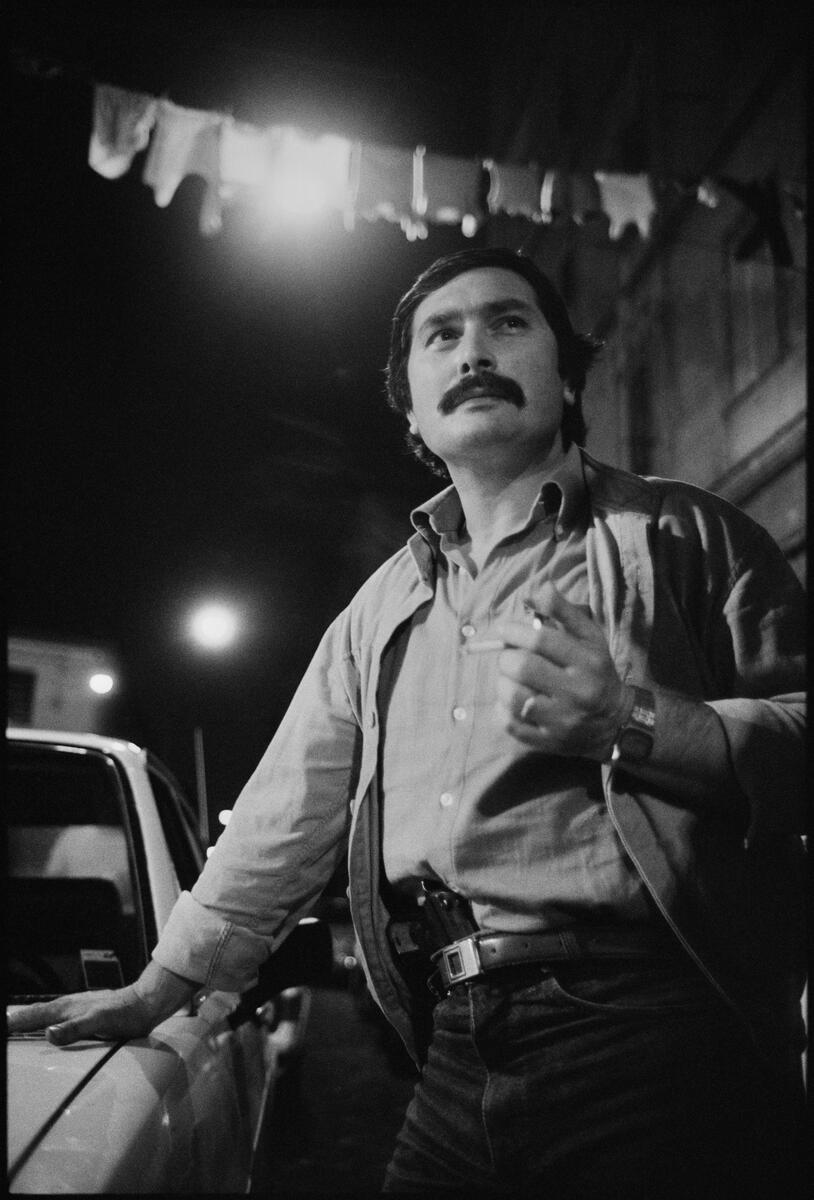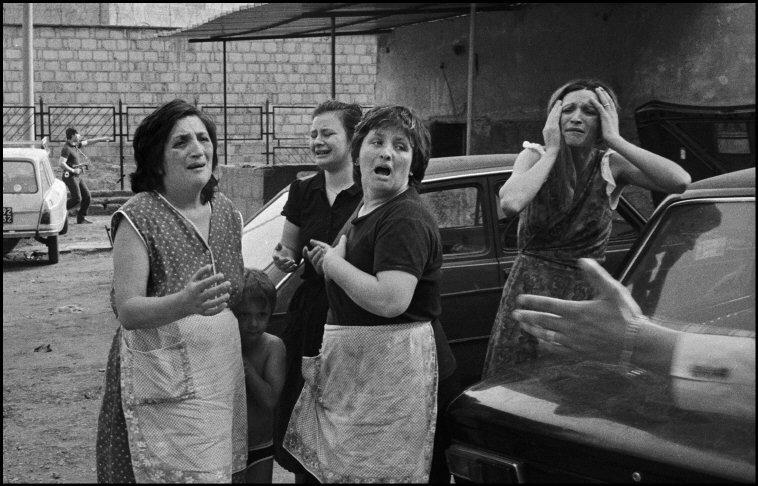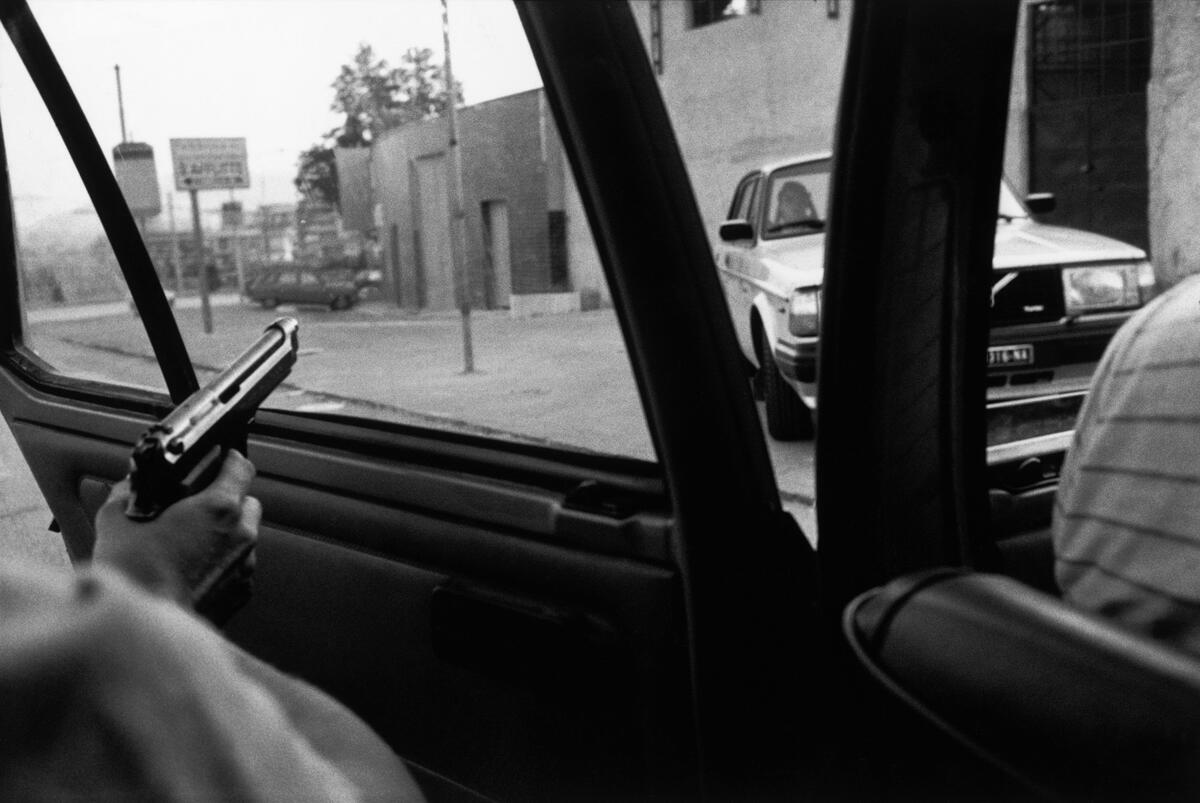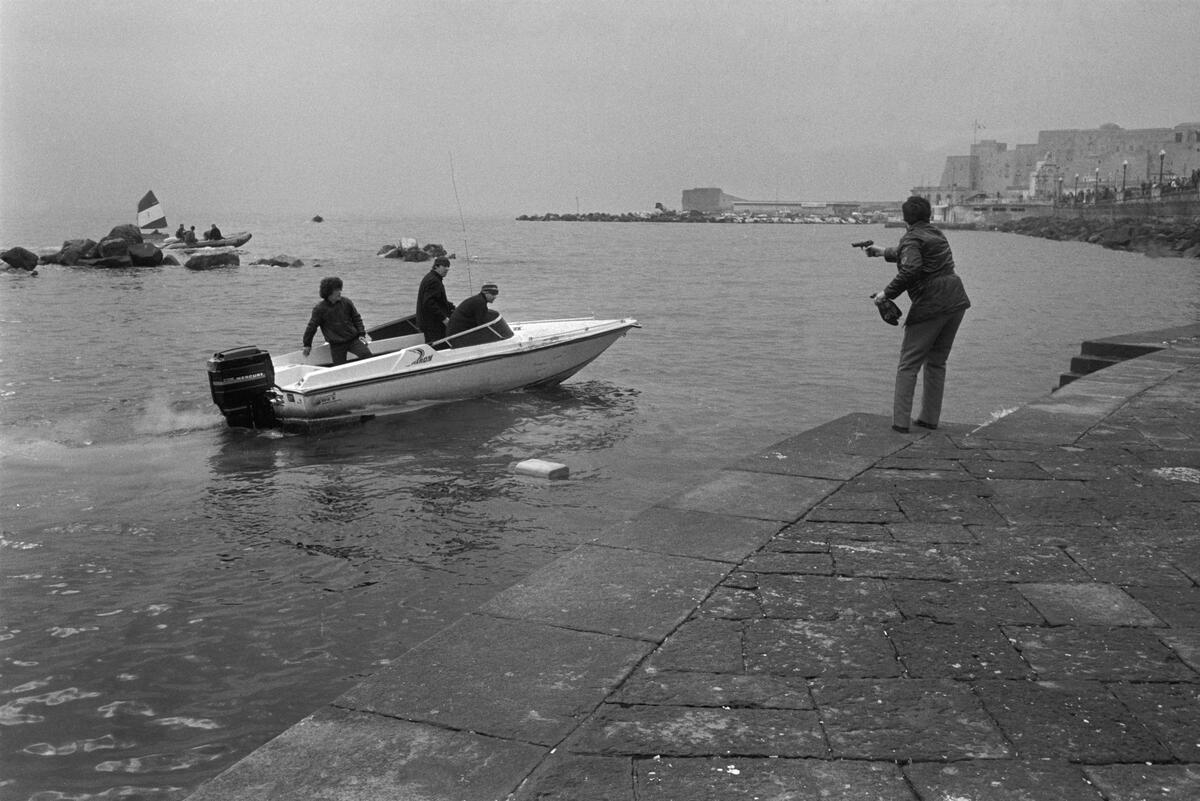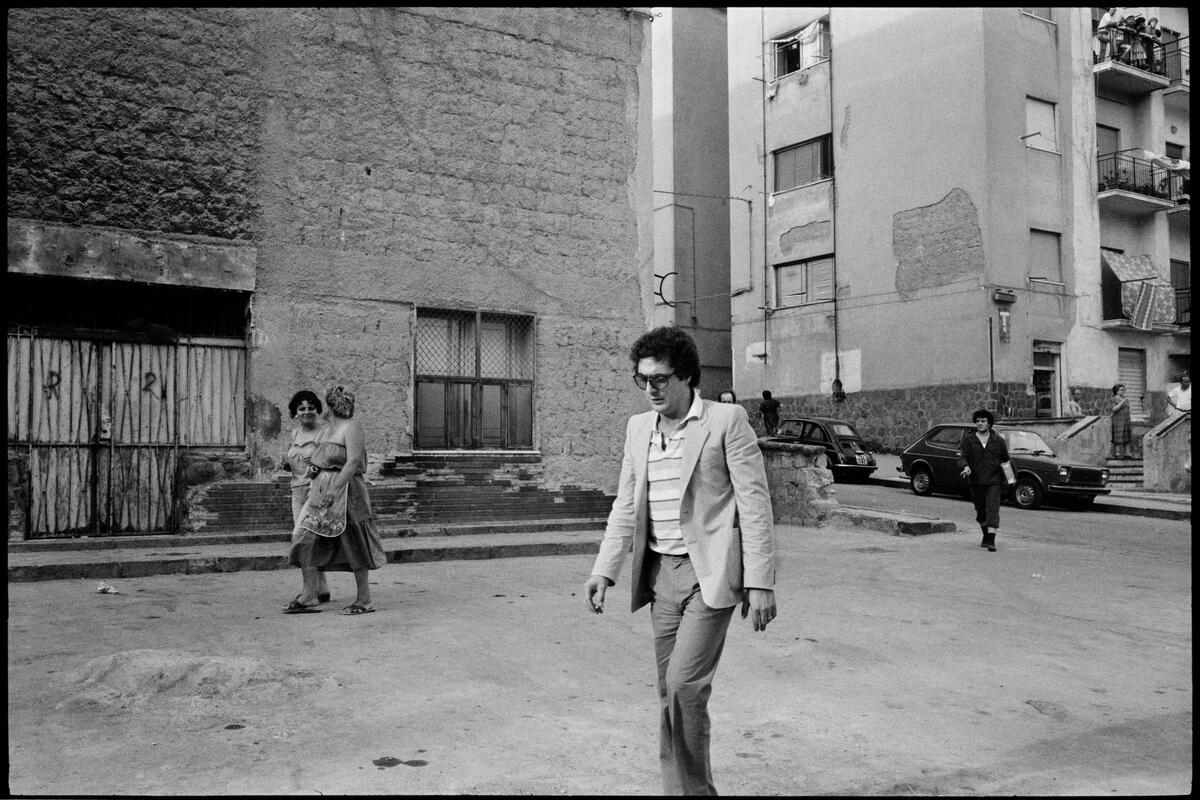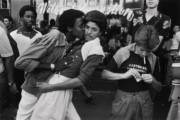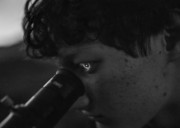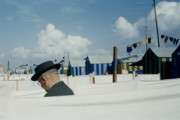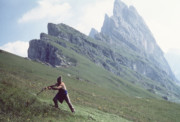The Story of Andrea Mormile and the Neapolitan Mafia
In a new documentary, "Un pezzo di papà" (A Piece of Dad), Patrick Zachmann travels back to Naples to meet the family of his friend, Andrea Mormile, assassinated by the Neapolitan Mafia in 1982.
A screening of Zachmann’s “Un pezzo di papà” will take place at the Cinéma LeMéjan in Arles on the evening of August 8, 2024. Zachmann will be present, and a Q&A session with the photographer will be held following the screening. More info here.
The year is 1982. Patrick Zachmann, a young photojournalist, travels to the Italian city of Naples to work on an in-depth photo essay around the police and Neapolitan mafia, known as the “Camorra.” Tension in the city is at its peak, with a war between two mafia families claiming over 300 victims per year, and police forces attempting to crack down on crime with a growing number of arrests.
Upon arrival, Zachmann spends a few days patiently hanging around a police station and keeping a low profile, until finally a young, plain-clothes police officer from the Homicide Unit invites him out for a coffee. The policeman’s name is Andrea Mormile: “I didn’t realize how crucial that meeting was going to be,” Zachmann describes in a new documentary, Un pezzo di papà (“A Piece of Dad.”)
Over the course of his time in Naples, Mormile took Zachmann under his wing, taking him on police patrols, to crime scenes, and navigating the complex maze of side streets and suburbs that is the city of Naples. He was even invited to stay in his home, spending time with his wife, Pina, and their three children: Paride, Alessandro, and Morena.
It wasn’t until a few months after returning to Paris that Zachmann heard the tragic news that shortly after his departure, on September 3, Andrea Mormile had been assassinated by the Camorra.
Fast forward 35 years, and the photographer finds himself back in the city for the first time since his original photo essay, having received a message on Facebook from a 25-year-old Italian photographer from Naples. His name is Andrea Mormile, and he is the grandson of Zachmann’s friend and guide, of years before. He had happened to stumble across Zachmann’s Madonna!, a photobook with a collection of images from his time in Naples which was published in 1984, and dedicated to his grandfather.
This time, Zachmann sets off not to make a photo essay, but a documentary, as he reconnects with Andrea’s family — Pina, Paride, Alessandro and Morena — as well as friends and colleagues. He shares previously unseen photographs with them, as they remember the policeman and his legacy, and discuss how their lives have changed since 1982.
In the documentary, we see Zachmann wandering around the same streets and courtyards that he photographed years earlier. “I had erased them from my memory because they were too violent,” he admits as his original photographs appear on screen next to present-day shots of the same streets. “The memory of Andrea’s grandfather and all the victims of the Camorra comes back to haunt me.”
Now, he opens up about what he witnessed during his time there, sharing stories from his diary. In one, he tells us how he followed Andrea in a major operation against drug traffickers at dawn one morning in June. He describes how the wives and mothers of the arrested drug traffickers caused a scene, begging for their sons and husbands not to be taken away in what Andrea described as ‘il teatro de Napoli’ (“The theater of Naples.”)
"“I realize how totally committed I was to my subject. I was willing to take risks and could capture, even in the heat of it, both an important moment and a well-composed image.” "
-
In another incident, he photographs a policeman running after a speedboat full of cigarette smugglers with his gun drawn, observed by a “completely indifferent” crowd. The speedboat passengers, seemingly unthreatened, drive off, even as he prepares to shoot. Visiting the same spot in the documentary with Andrea’s son, Paride, they manage to identify and meet one of the nonchalant youngsters from the boat, just over 40 years later.
Back in his studio in Paris after his trip to Naples, Zachmann shares a deeply personal musing on the nature of photography. He reflects on how he felt then, and now, as a photojournalist and how the meaning of photography may have changed for him over the years.
“I had been asking myself a lot of questions around that time,” he explains. “How can I renew myself as a photographer? How can I document a world already saturated with images?” The experience of reconnecting with the family brought a new perspective to his life’s work and passion.
“I’ve loved photography passionately. Being a photographer was like making a commitment, I saw myself as a messenger whose aim was to make people discover other countries, people, lives, events… Now I realize that photography can have another equally powerful impact.”
"“What if, in the end, my images were simply essential to the lives of the friends and family of the people I photographed?” "
-
“It’s like you brought a piece of dad back to life,” Paride admits.
Every year on September 3 in the town of Orta di Atella, Andrea Mormile’s family and loved ones get together to honor his memory. Over the years, he has become a symbol of the fight against the mafia. Un pezzo di papà is a documentary with many layers: it is a tribute to the young Mormile and his family, a recounting of Zachmann’s stories of Naples in the 80s, and a careful reflection on photography, and what it means to the photographer, today.
Special thanks to the producers of “Un pezzo di papà:” Les Films d’ici, Audioimage, Vosges TV and France Television.


